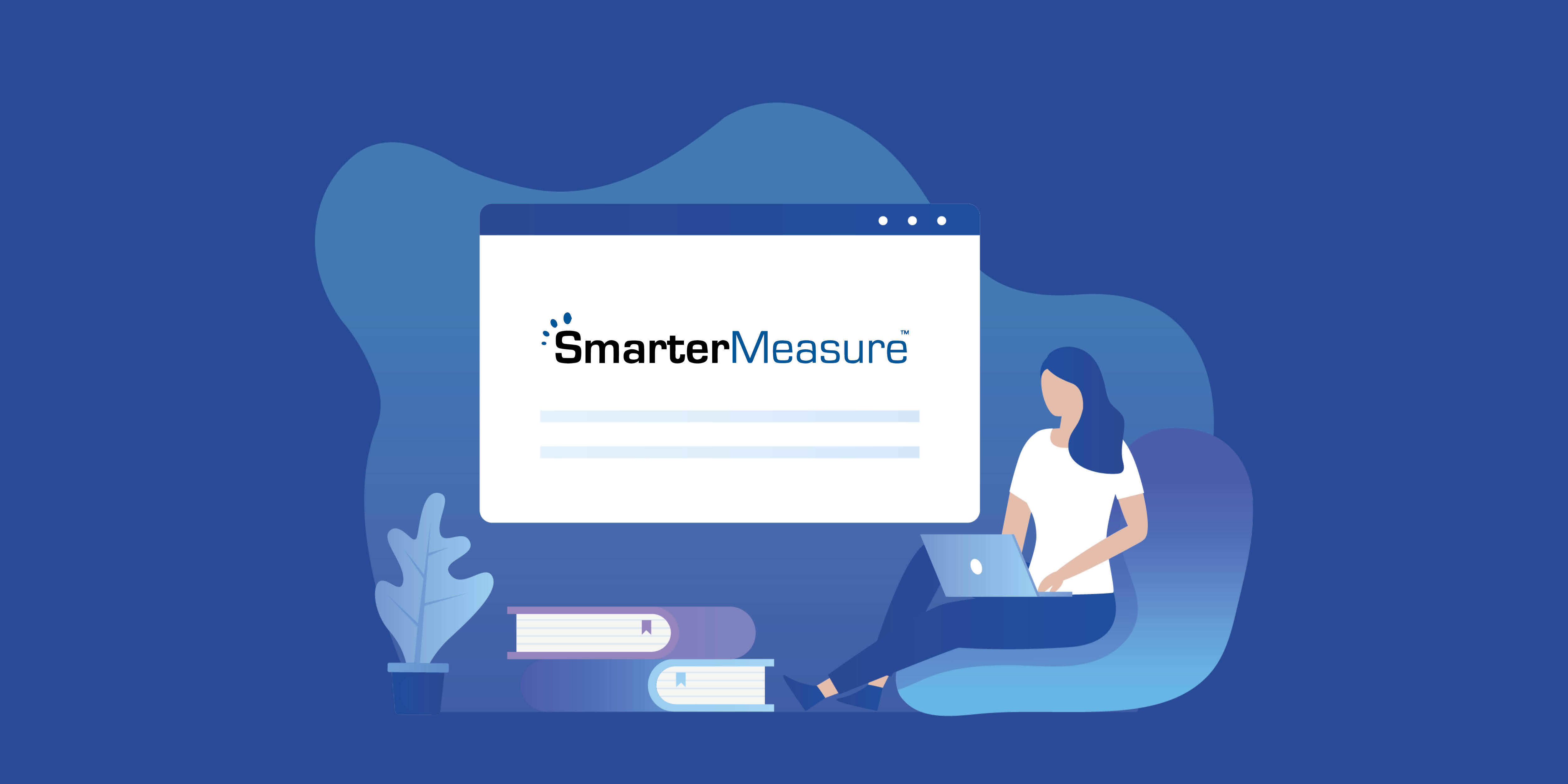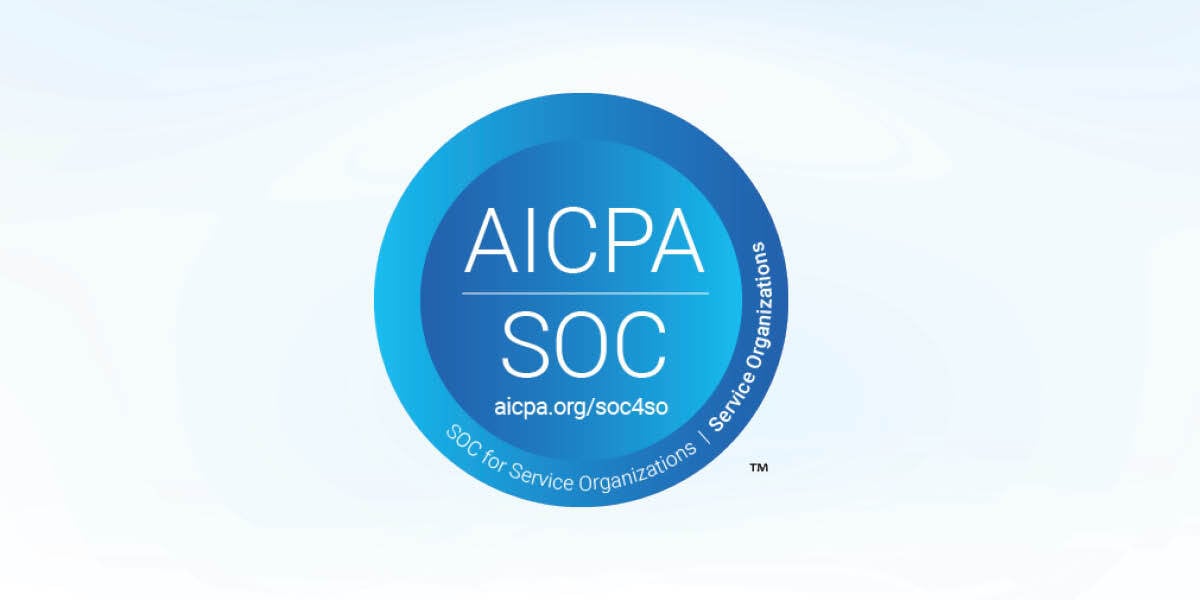
Continuing our "Education and Technology - Relationship Status" conversation, let's examining the relationship between faculty and mentors and how they use technology in their teaching to facilitate learning.
Yes, I said, "facilitate learning." That's really the goal, isn't it...? To inspire our minds to crave more knowledge and practice the process of getting more of it? According to Albert Einstein, "Education is not the learning of facts, but the training of the mind to think."
I'm not quite sure what Einstein would make of all the technology we have at our fingertips these days. Personally, I envision him not only being an early adopter but on the cutting edge of new app development. Perhaps he would be working for Apple or even being their number 1 competitor in the market. Certainly, Einstein would challenge traditional education methods and embrace technology to experiment with content and delivery modes.
Let's look at some key questions to determine the relationship between faculty and teaching with technology:
- What is the impact of technology on faculty teaching?
- Have faculty embraced new technology across the board in their teaching?
- Does technology make their job easier or more difficult?
According to an article in Campus Technology, "Most faculty say technology has made their jobs easier." The article refers to information reported in the 2017 Teaching with Technology Survey. Around two-thirds of respondents agree that technology has made their job easier while around 17% believe it has made their jobs harder. An overwhelming majority of faculty believe technology has had a positive impact on student learning and on their teaching.
In working with client schools across the country, sometimes we have the privilege of talking with those responsible for professional development at institutions. In eLearning, they often face challenges with faculty readiness to teach using technology. Students usage of technology may outpace instructors learning to use it. That coupled with rapidly growing eLearning programs and alternative learning environments, having faculty prepared to effectively deliver course content online is more critical than ever.
Unfortunately, there are some misconceptions about teaching online. One is that putting course content into a powerpoint presentation and putting it on a website will pass for an online class. However, there couldn't be anything further from the truth.
A well-designed eLearning course has many elements. Some faculty are well equipped to teach with technology and have a thorough understanding of the components of a well-designed course. While others whose experience lies in the face to face environment may need additional training.
The first step in evaluating whether your faculty is prepared to teach online is by assessing their readiness. As part of our SmarterMeasure suite of readiness assessments, we provide the Teaching with Technology Readiness Indicator (TTRI). Understanding faculty's strengths and weaknesses allow the professional development team to know exactly what resources are needed.
Faculty may choose to take their training/certification into their own hands by going through the Quality Matters professional development portal. The Teaching Online Certificate program includes 7 workshops to help prepare a faculty member to be proficient in teaching with technology. Another option is to find resources online to use for training. Check out GetEducated.com for the Top 10 Free Courses for Online Teachers or this list of 99 Top Tools for Online Teaching!
There have never been more technology options to aid faculty in creating and delivering a well-designed course.
Click here to keep reading the next blog in the series and take a look at the impact technology has on mentors teaching.



.jpg)


